How To Source Sustainable Fabrics For Sewing

Sewing your own clothing may seem like an eco-friendly alternative to purchasing from fast-fashion retailers, but is that always the case? . More often than not, the fabric we purchase from our local craft store goes through the same energy-intensive manufacturing processes as ready-to-wear clothing. Not only are these practices usually created under unethical working conditions, but they also require a ton of energy and water, and often pollute the environment via dye runoff among other ways. Clearly, we can do better! If you’re like me, one of the reasons you started making your own clothing (or are starting to consider it) was to dress in a more environmentally friendly way. That’s why I’m sharing a few tips on how to source sustainable fabrics for your sewing practice. Let’s dive on in!
I am a firm believer that anything we could possibly want already exists out there in the world. You can buy almost anything used these days, and being thrifty comes with some incredible benefits. The first is perfect if you’re a cheap-ass like me: It saves you money! But most importantly, it creates the need for less. When you purchase something new, your dollars tell companies “Yes! I want you to make more of this thing, please!” The most sustainable thing you can do is to use what’s already been made instead of driving the production for more. Here are a few things you can do to source fabrics that are already available in a more sustainable way:
1. Use What You Have On Hand:
Shop your own closet of pieces you no longer wear and refashion them into something “new” for yourself. I love this practice since it challenges me to think more creatively and helps to give some of my old wardrobe favorites a new life. Need some ideas? Check out how I turned a damaged dress into this backless top for summer, or how I created a denim skirt from an old pair of jeans.
If you’re looking for a less drastic wardrobe makeover you can complete in an afternoon, why not add some flair to your clothing with visible mending? I was able to spice up this pair of jeans using custom embroidery inspired by the band Nirvana and am totally obsessed with the end result! You can even follow this tutorial to DIY the statement hem trend to give your blah jeans a bit of a modern edge.
2. Shop Your Stash + Use Up Scraps:
If you’re one of those incredibly lucky people with an ever-expanding fabric stash, be sure to check there before buying something new for your upcoming project. Not only will it save you money and space, but it’s more sustainable than consuming more than what you need. At the very least, it’ll give you more space to store that incredibly gorgeous 100% organic cotton fabric you’ll find later down the road, so that’s always a bonus!
Or maybe you’re like me where you don’t really stash fabrics, but you stash your scraps instead. If you’re sitting on a heap of remnant pieces from past projects, pull them back out again and you might just find you have enough material to squeeze out an Ogden Cami or Ashton Top. You could even play around with pattern mixing by combining 2 different fabrics with a similar print or color story. Maybe try your hand at color blocking, or just piece a few squares of fabric together to fit all your pattern pieces in. This is a great place to flex your creative muscle!
3. Ask Around:
This one comes with a word of caution but can yield some brag-worthy scores. Put it out there that you’re in the market for some fabric- whether that be via social media post or texting a few family members or friends you know might have some old pieces they’d be willing to part with. Whenever I mention I’m a sewist to someone, sure enough, they usually show up days later with old bedsheets, curtains, or yards of fabric they purchased for themselves but just never got around to using themselves. Be warned though:
A) What you’ll receive is anyone’s guess. I’ve gotten some killer pieces I’ve loved and some I…well…didn’t.
B) You know the rule about Sew Club? Check out the account @Canyousewthisforme on IG to find out why you might want to keep your sewing hobby under wraps (unless you like people dumping their hemming pile on you without asking first). You’ve been warned.
If you’re not into asking non-sewing friends for fabric pieces, attend or host a fabric swap in your area! The idea is that anyone can bring fabrics from their stash they no longer want, and you basiaclly do a leave a fabric, take a fabric type deal. You can also extend this to sewing patterns and notions- even yarn. Sky’s really the limit here and you might just walk away with a few new crafty friends!
4. Get Thrifty:
Hey Macklemore, can we go thrift shopping? The answer should obviously always be YES! You can find secondhand + vintage fabrics by the yard at your local thrift shop, flea market, or antique show, often for a steal! You can also discover vintage materials in other ways like duvet covers, sheet sets, tablecloths, and old curtains. Always check for condition before purchasing, but you’d be surprised how many adorable vintage or secondhand (sometimes even brand new) pieces you can pick up at your local thrift store.
If you live in a thrift shop desert, you can also shop used + vintage online. Facebook Marketplace and Craigslist have yielded some incredible results for me personally, and I’ve also sold quite a few fabrics and scraps from my stash this way. If you’re still wary about meeting up with people face-to-face, you can use sites like eBay or Etsy, and apps like Mercari or Depop. One of my favorites is Etsy because you can find sellers that only sell vintage/secondhand fabrics. Etsy also offsets all of its carbon emissions, making shipping a bit more sustainable as well.
If scouring the depths of the internet for vintage fabrics or picking up someone else’s cast-off’s isn’t your thing, you can also shop new fabric more sustainably as well by following these tips:
1. Purchase Unused Fabric:
A lot of fabric that goes unsold by stores is often discarded if left unpurchased. Most local fabric stores will have a section of fabric remnants from the off-cuts of other customers’ purchases. Although it’s a grab-bag of what you’ll be able to find and how much yardage will be available to purchase, it’s always worth a dig to score some seriously discounted fabric while saving it from the landfill.
The same goes for unused fabrics created for fast fashion stores and designer brands. Ever heard of “deadstock” fabric? Deadstock fabric is essentially fabric overstock leftover for one reason or another. It may be that the original designer created too much and needs to get rid of the overage, or the fabric might be damaged or inferior in quality which prevented it from being used by the designer in the first place. These cast-off pieces are then sold to fabric shops at a discounted price as Deadstock Fabric, and will usually be labeled as such by the retailer.
However, Deadstock fabric might not always be as sustainable as you think, as this article points out. Some designers actually create the extra yardage to sell to two different markets (ready-to-wear and home sewers) or to use the fabric themselves later. Meaning the fabric you’re purchasing isn’t necessarily “waste” that you’re saving from the landfill. It may also be discarded by the designer because it failed a quality check, casuing it to become pilled, lose dye in the wash, or become damanged in some other way over time. To be careful of either of these possibilities, make sure you’re purchasing Deadstock from a reputable source (I’ve listed a few places below).
2. Think About Naturals Over Synthetics:
Although natural fibers like organic cotton or hemp come with their own resource footprint, they are more sustainable to use as they require fewer chemical compounds (like dyes or plastics) and less mechanical processing. Materials like polyester or spandex, when washed, emit something called micro-plastics. You can learn more about them here, but these small plastic particles shed from our fabric in the wash and end up in our rivers and streams. Gross.
This swap is really a personal choice though as neither option is necessarily 100% sustainable. Greater demand for natural materials would result in a larger impact on our environment since they require land and water resources to grow. No matter if you decide to go with natural fibers or synthetics, make your fabric last longer by washing less (only spot washing when needed ideally), and use something like a Cora Ball to help catch any loose microplastics that get shed in your wash to prevent them from getting into our water systems.
3. Buy Smarter Synthetics:
Another option when it comes to purchasing synthetics is to focus on recycled materials and man-made fibers created with sustainability in mind. Brands like Tencel create regenerated materials that are soft, durable, and can even be blended with other materials. Tencel is derived from natural materials, however, because of the manufacturing process, it can’t exactly be referred to as “natural” (learn more about it here). It’s also biodegradable (as long as it’s not mixed with other synthetics), requires less dye than cotton, and uses a closed-loop system that ensures no solvents used are dumped into the ecosystem.
Another option is to prioritize materials made from recycled elements. For example, purchasing a polar fleece made from recycled water bottles or synthetic blends made from recycled polyester. The more your purchase these pieces, the more you promote the need to recycle materials to create these products as opposed to trashing them. Be clear, we are never going to be able to recycle our way out of climate change and it certainly shouldn’t be your first (or last) option, but it’s better than letting these pieces collect in landfills and should be recognized as a step in the right direction. So there’s that.
4. Buy Less:
Don’t need it right away? Then don’t buy it. I know, I know- easier said than done. But every time you lay your dollar down for that yard of fabric, you signal to manufacturers to make more, more, and more of it. More isn’t exactly what we need as a planet right now. To help curb those impulse purchases, you can always take a picture of the fabric and think on it for a few days. This can help you decide on what to make with it, thus ensuring you buy the right amount instead of accidentally overbuying. Or, you’ll find you’ve completely forgotten about it and can get excited about the fact that you now have money to put towards a special piece you love. Remember, there’ll always be more fabric. Just because you didn’t buy this one doesn’t mean you missed out on something “nice”: it means you’ve got the money and space to indulge in something “incredible”.
If you have to have it RIGHT NOW- consider trying your hand at “no waste” sewing projects. These garments are specifically designed for you to use up every inch of your fabric so none of it goes to waste. You can find a few different patterns here and here.
I hope these tips on how to source more sustainable fabrics helped inspire you to step up your sewing game while lowering your environmental impact. Have a sustainable sewing tip I missed? Comment below or reach out on Instagram! I’m still in the beginning stages of my sustainable living journey, so I would love to create a place here where we can all share friendly tips + tricks while learning from one another. Sharing is definitely caring here!
Speaking of sharing, I also made sure to include a shortlist of different fabric suppliers you should definitely check out if you’re looking to source more sustainable fabrics, as well as inspiring resources to dig deeper into this topic. Again, be sure to share any of your personal favorites below!
Happy Making!
-XO-
C
WHERE TO BUY MORE SUSTAINABLE FABRIC:
A Thrifty Notion (thrifted fabrics, notions + patterns, and deadstock)
Blackbird Fabrics (for natural fibers, eco-friendly fabrics, deadstock fabric, and 1% of proceeds goes to rotating charities)
Bolt Fabric Boutique (for sustainable fibers)
Harts Fabric (eco-friendly fabrics for garment sewing + quilting)
Honey Be Good (organic + sustainable fabrics)
Offset Warehouse (eco-friendly + ethically sourced fabrics)
Organic Cotton Plus (100% organic fibers + GOTS certified)
Our Social Fabric (For sustainably sourced/thrifted fabric)
Revival Fabrics (vintage fabrics + sewing patterns)
Stonemountain & Daughter Fabrics (GOTS certified 100% organic cottons)
Spoonflower (more eco-friendly option featuring fabrics created in-house, learn more here)
RESOURCES:
Love To Sew Podcast: Zero-Waste Sewing, Sustainability + Sewing Pt 1 + Pt 2, Scrap Busting
Seamwork Radio Podcast: Where To Find Vintage + Deadstock Fabric
Stitcher’s Brew Podcast: Sewing Sustainably
Article from The Sewcialists: Zero-Waste Sewing
Enjoyed the project?
The author may collect a small share of sales from the links on this page.



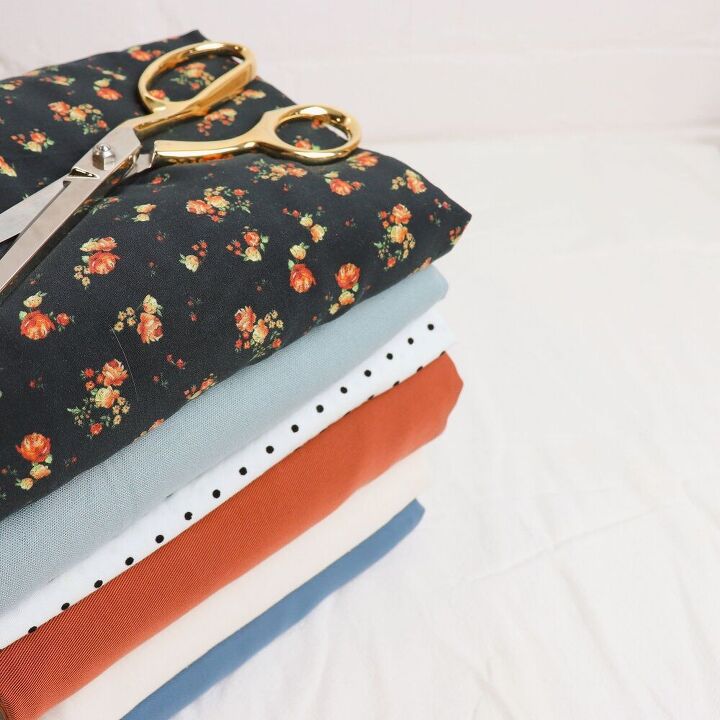





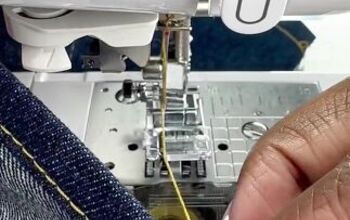
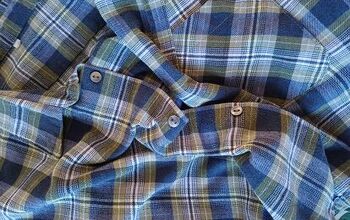

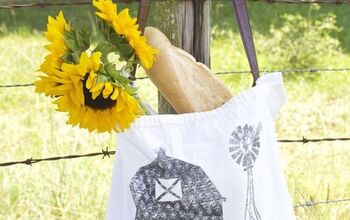
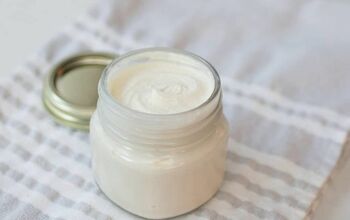
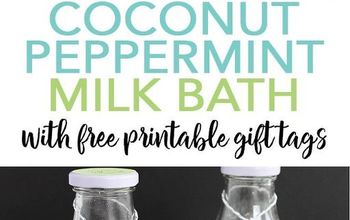
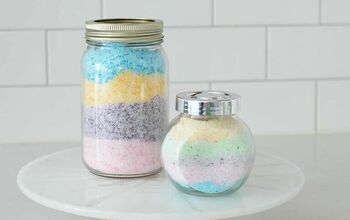
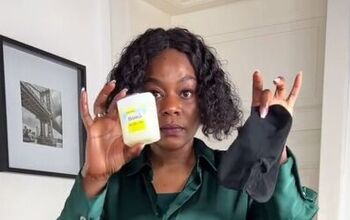
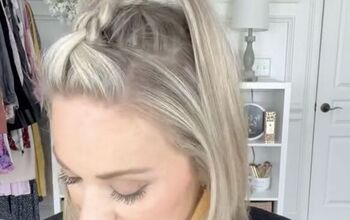
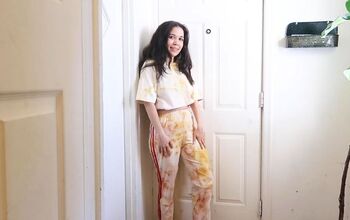


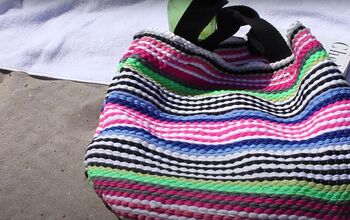

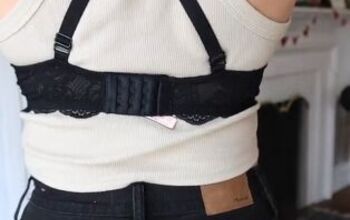
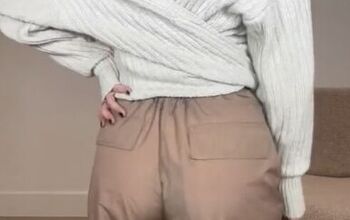


Comments
Join the conversation
I a veteran AF nurse and live in a senior community. I stop at almost every garage sale. I look for linens, cotton, silk and interesting patterns or certain colors that can be cut up into quilt ready pieces or restyled. At the end of the day most sellers want the clothing gone. I let the seller know I creat items for veterans, cancer patients and the pet shelter. I buy what I like or can use/repurpose. I offer my phone number so they call call me to pick up anything that can be donated or recycled. I coordinate with a fellow veteran who has a truck and will come pick up larger items that are on his "looking for" list. The items get delivered to a vet center or directly to the vet in need. We also provide a list of phone numbers of local charities who pick up. It's a win win for all.
I love this! Using scrap fabrics to create special items for those in need is such a great idea! I was using my scraps to make face masks that I donated to my local hospital, but that's not quite as needed these days. You've just inspired me to start looking for local organizations in my area to see what else I could be doing/making. Thanks for the inspiration, Paula!